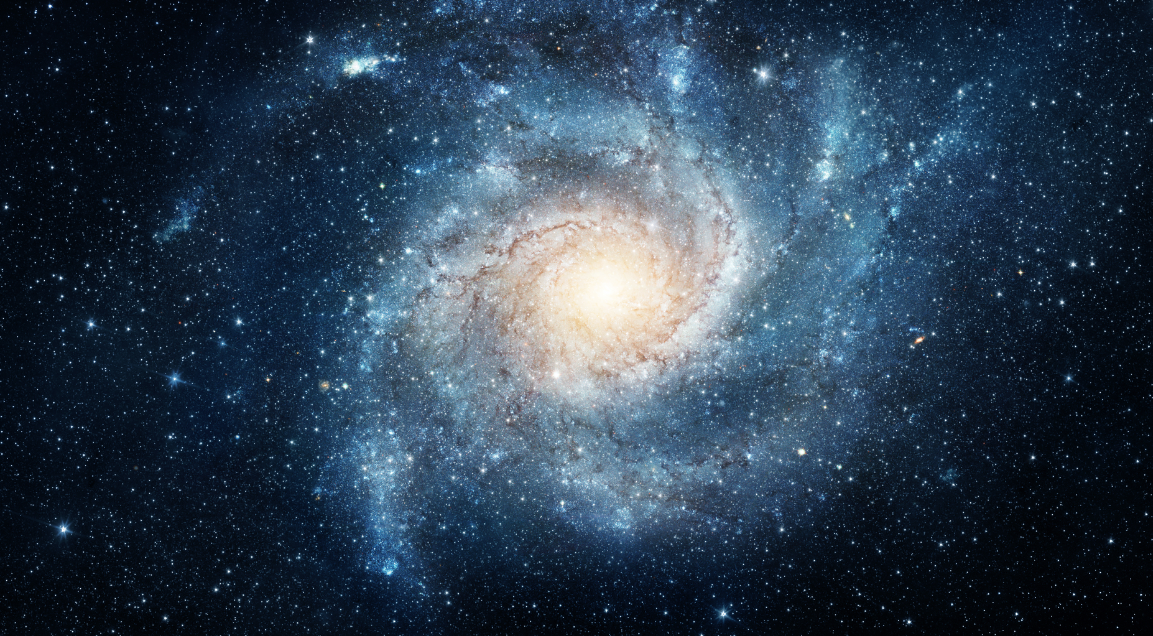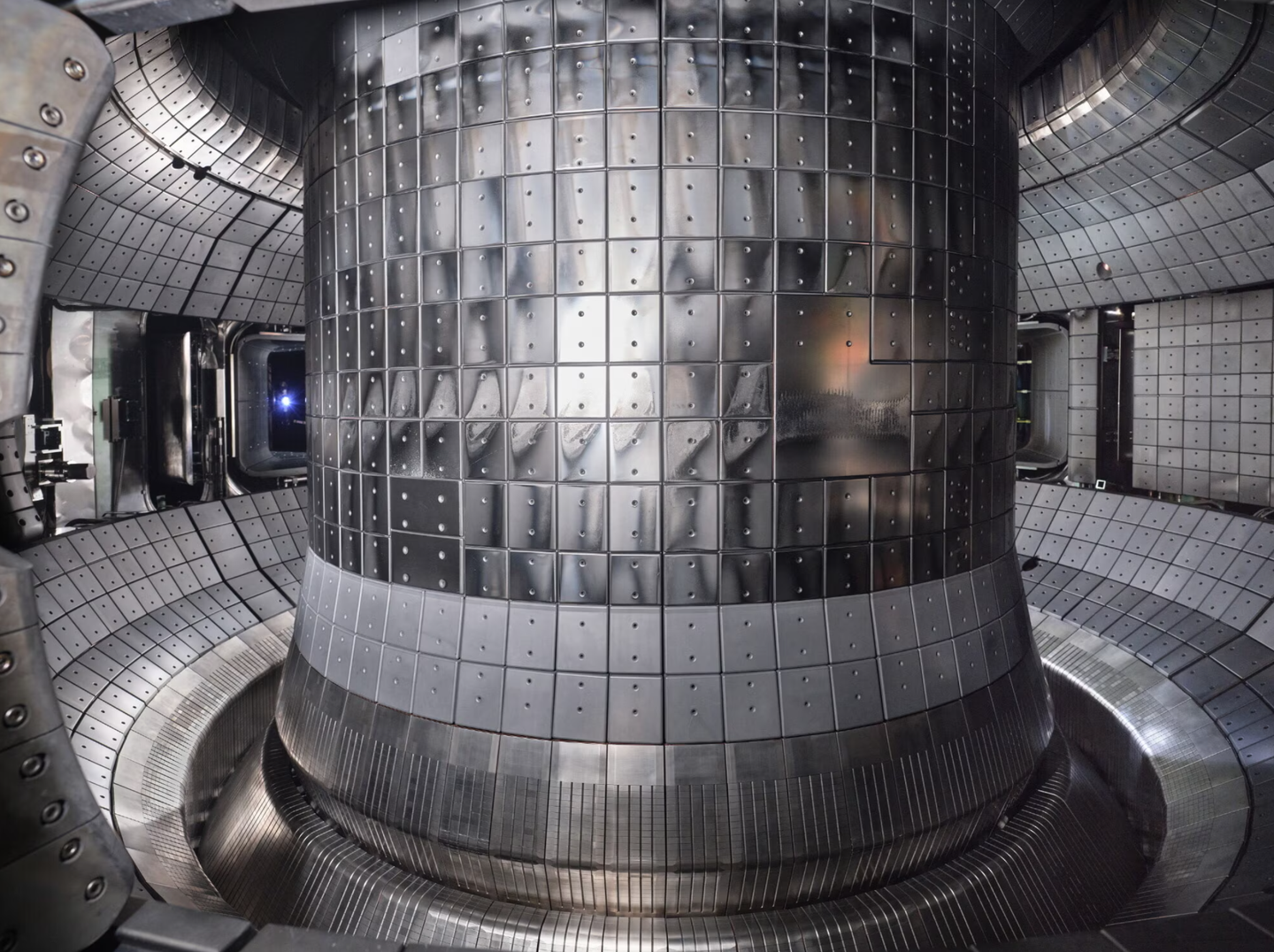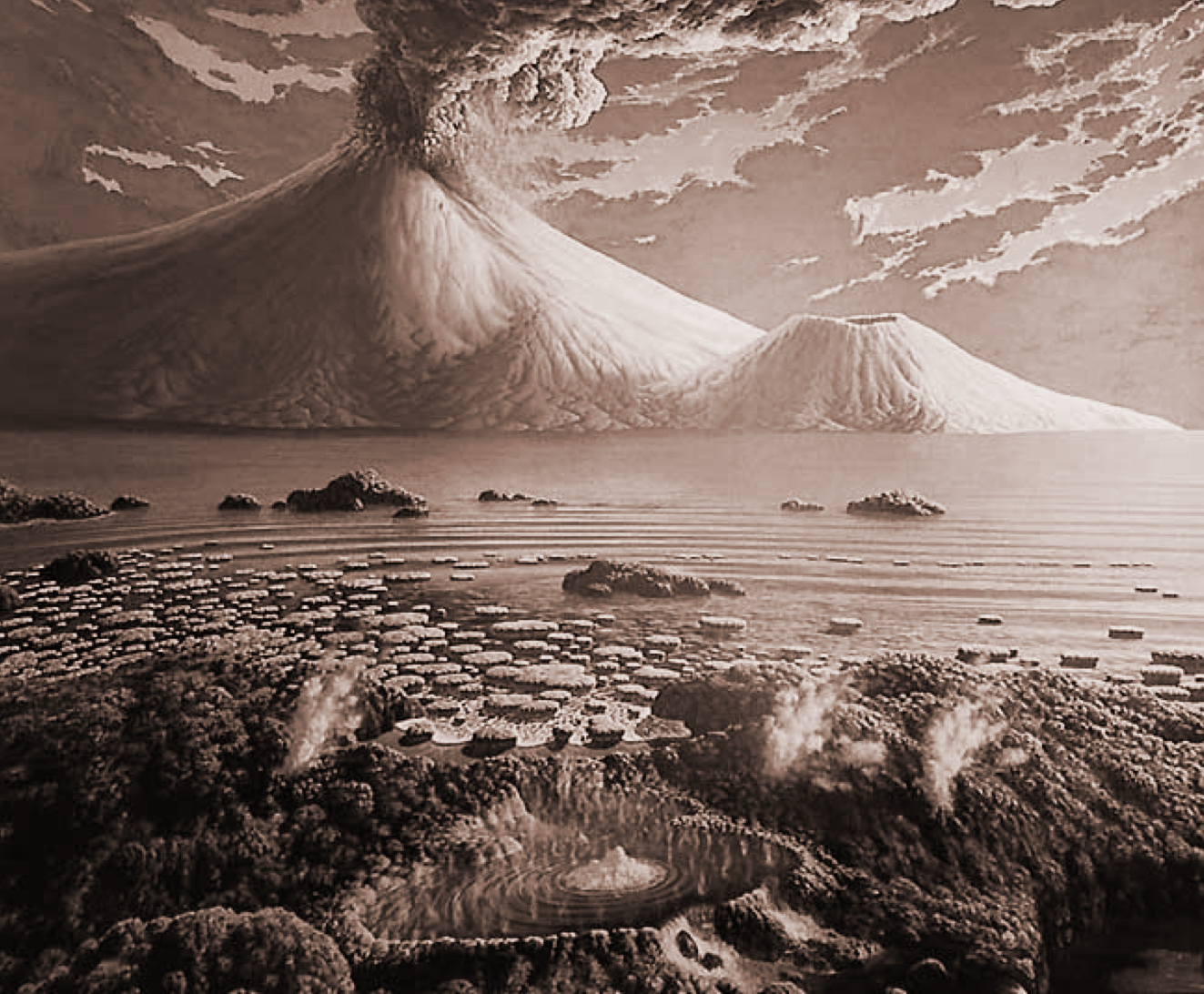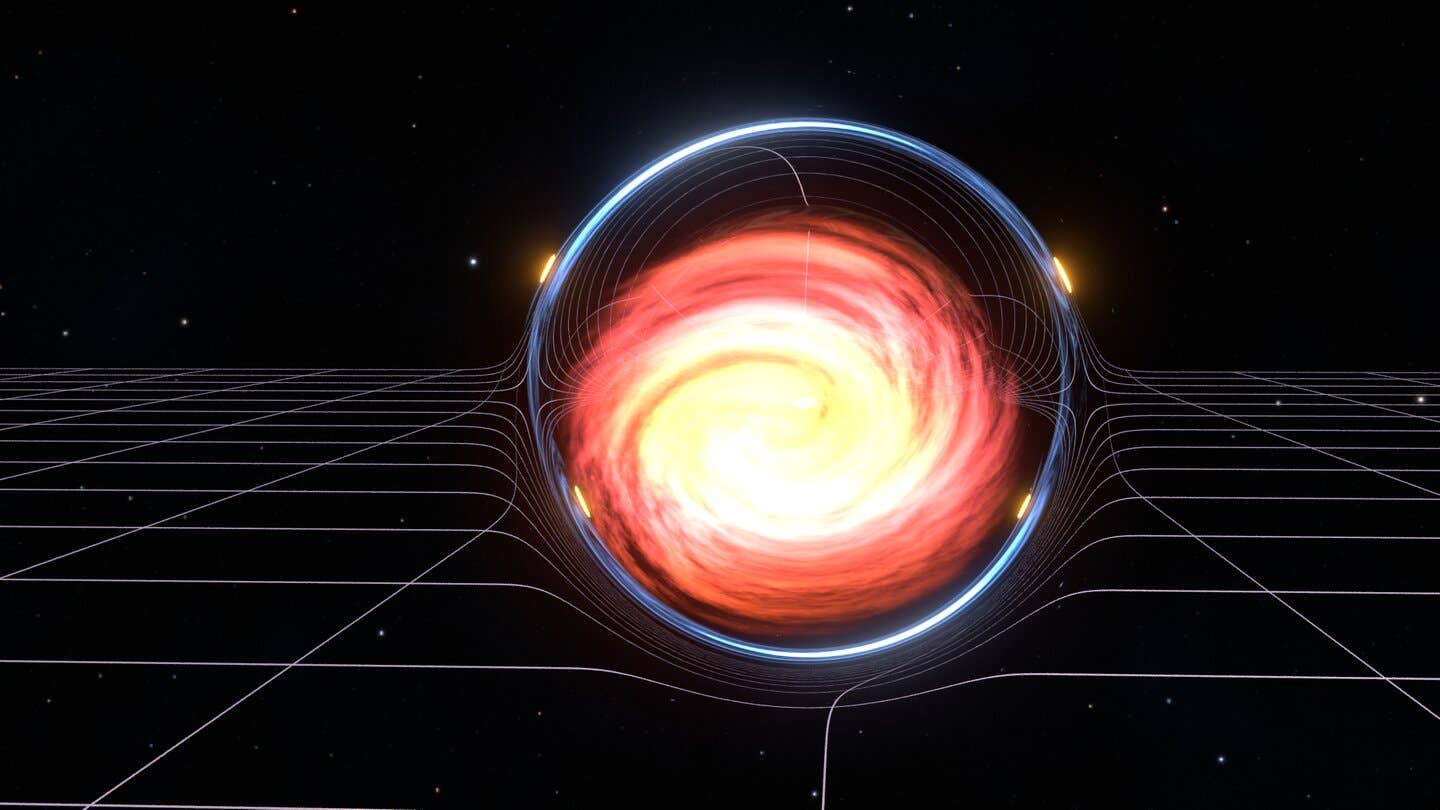Building blocks for RNA-based life abound at center of our galaxy
According to this scenario, life on Earth was originally based on RNA only, and DNA and protein enzymes evolved later.

[July 13, 2022: Mischa Dijkstra, Frontiers]
Scientists here study the spectra from G+0.693-0.027, a molecular cloud near the center of the Milky Way. They detect a range of nitriles, key building blocks for RNA, including cyanoallene, propargyl cyanide, cyanopropyne, and possibly cyanoformaldehyde and glycolonitrile, none of which had previously been found in G+0.693-0.027. They conclude that nitriles are among the most abundant chemical families in the universe, which lends support to the ‘RNA world’ theory of the origin of life on Earth, and possibly elsewhere in our galaxy. (Credit: Creative Commons)
Nitriles, a class of organic molecules with a cyano group, that is, a carbon atom bound with a triple unsaturated bond to a nitrogen atom, are typically toxic. But paradoxically, they are also a key precursor for molecules essential for life, such as ribonucleotides, composed of the nucleobases or 'letters' A, U, C, and G joined to a ribose and phosphate group, which together make up RNA. Now, a team of researchers from Spain, Japan, Chile, Italy, and the US show that a wide range of nitriles occurs in interstellar space within the molecular cloud G+0.693-0.027, near the center of the Milky Way.
Dr Víctor M. Rivilla, a researcher at the Center for Astrobiology of the Spanish National Research Council (CSIC) and the National Institute of Aerospace Technology (INTA) in Madrid, Spain, and first author of the new study, said: "Here we show that the chemistry that takes place in the interstellar medium is able to efficiently form multiple nitriles, which are key molecular precursors of the 'RNA World' scenario."
Possible 'RNA-only' world
According to this scenario, life on Earth was originally based on RNA only, and DNA and protein enzymes evolved later. RNA can fulfill both their functions: storing and copying information like DNA, and catalyzing reactions like enzymes. According to the 'RNA World' theory, nitriles and other building blocks for life needn't necessarily all have arisen on Earth itself: they might also have originated in space and 'hitchhiked' to the young Earth inside meteorites and comets during the 'Late Heavy Bombardment' period, between 4.1 and 3.8 billion years ago. In support, nitriles and other precursor molecules for nucleotides, lipids, and amino acids have been found inside contemporary comets and meteors.
But where in space could these molecules have come from? Prime candidates are molecular clouds, which are dense and cold regions of the interstellar medium, and are suitable for the formation of complex molecules. For example, the molecular cloud G+0.693-0.027 has a temperature of around 100 K and is approximately three light years across, with a mass approximately one thousand times that of our Sun. There's no evidence that stars are currently forming inside G+0.693-0.027, although scientists suspect that it might evolve to become a stellar nursery in the future.
Related Stories
"The chemical content of G+0.693-0.027 is similar to those of other star-forming regions in our galaxy, and also to that of solar system objects like comets. This means that its study can give us important insights about the chemical ingredients that were available in the nebula that give rise to our planetary system," explained Rivilla.
Electromagnetic spectra studied
Rivilla and colleagues used two telescopes in Spain to study the electromagnetic spectra emitted by G+0.693-0.027: the 30-meter-wide IRAM telescope Granada, and the 40-meter-wide Yebes telescope in Guadalajara. They detected the nitriles cyanoallene (CH2CCHCN), propargyl cyanide (HCCCH2CN), and cyanopropyne, which hadn't yet been found in G+0.693-0.027, although they had been reported in 2019 in the TMC-1 dark cloud in the constellations Taurus and Auriga, a molecular cloud with very different conditions than G+0.693-0.027.
Rivilla et al. also found possible evidence for the occurence in G+0.693-0.027 of cyanoformaldehyde (HCOCN) and glycolonitrile (HOCH2CN). Cyanoformaldehyde was detected for the first time in the molecular clouds TMC-1 and Sgr B2 in the constellation Sagittarius, and glycolonitrile in the Sun-like protostar IRAS16293-2422 B in the constellation Ophiuchus.
Three-dimensional representation of the oxygen-bearing nitriles (upper panel) and the three C4H3N isomers (lower panel) analysed in this work. White, gray, red, and blue corresponds to hydrogen, carbon, oxygen and nitrogen atoms, respectively. (CREDIT: Frontiers in Astronomy and Space Sciences)
Other recent studies have also reported other RNA precursors inside G+0.693-0.027 such as glycolaldehyde (HCOCH2OH), urea (NH2CONH2), hydroxylamine (NH2OH), and 1,2-ethenediol (C2H4O2), confirming that the interstellar chemistry is able to provide the most basic ingredients for the 'RNA World'.
Nitriles among most abundant chemical families in space
Final author Dr Miguel A Requena-Torres, a lecturer at Towson University in Maryland, US, concluded: "Thanks to our observations over the past few years, including the present results, we now know that nitriles are among the most abundant chemical families in the universe. We have found them in molecular clouds in the center of our galaxy, protostars of different masses, meteorites and comets, and also in the atmosphere of Titan, the largest moon of Saturn."
Second author Dr Izaskun Jiménez-Serra, likewise a researcher at CSIC and INTA, looked ahead: "We have detected so far several simple precursors of ribonucleotides, the building blocks of RNA. But there are still key missing molecules that are hard to detect. For example, we know that the origin of life on Earth probably also required other molecules such as lipids, responsible for the formation of the first cells. Therefore we should also focus on understanding how lipids could be formed from simpler precursors available in the interstellar medium."
Note: Materials provided above by Frontiers. Content may be edited for style and length.
Like these kind of feel good stories? Get the Brighter Side of News' newsletter.
Tags: #New_Discoveries, #Astronomy, #Space, #Galaxy, #Farthest, #Big_Bang, #Black_Hole, #Science, #Research, #The_Brighter_Side_of_News



